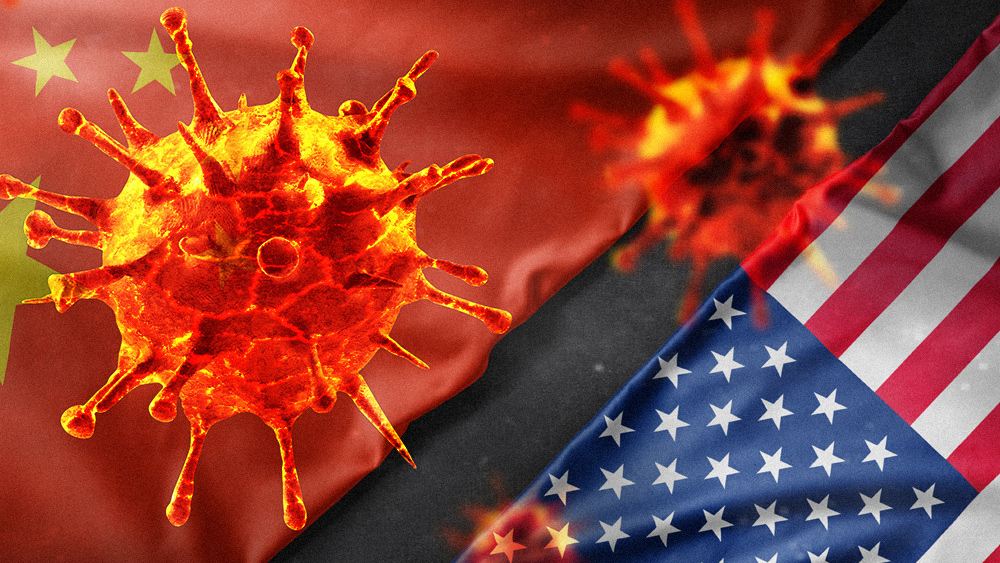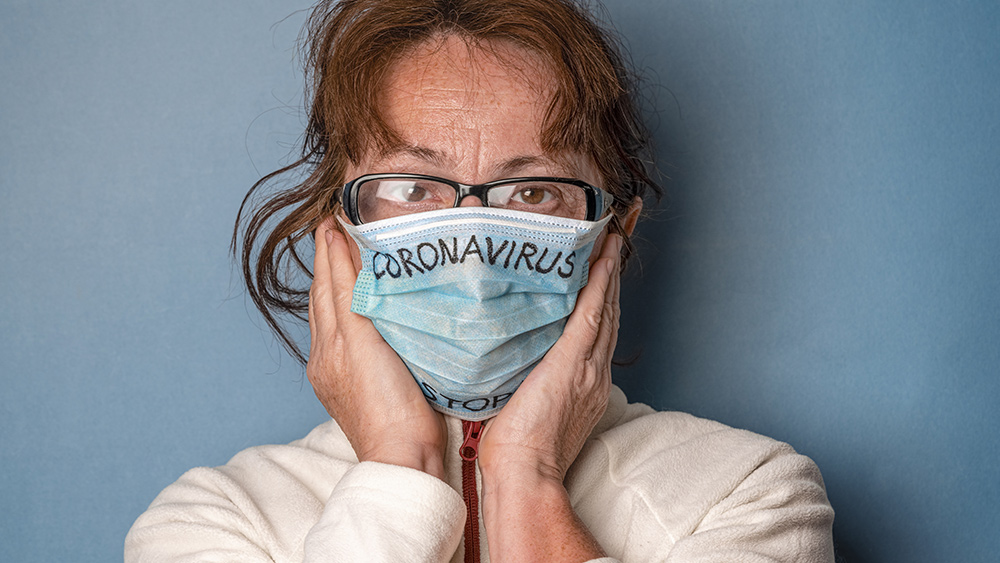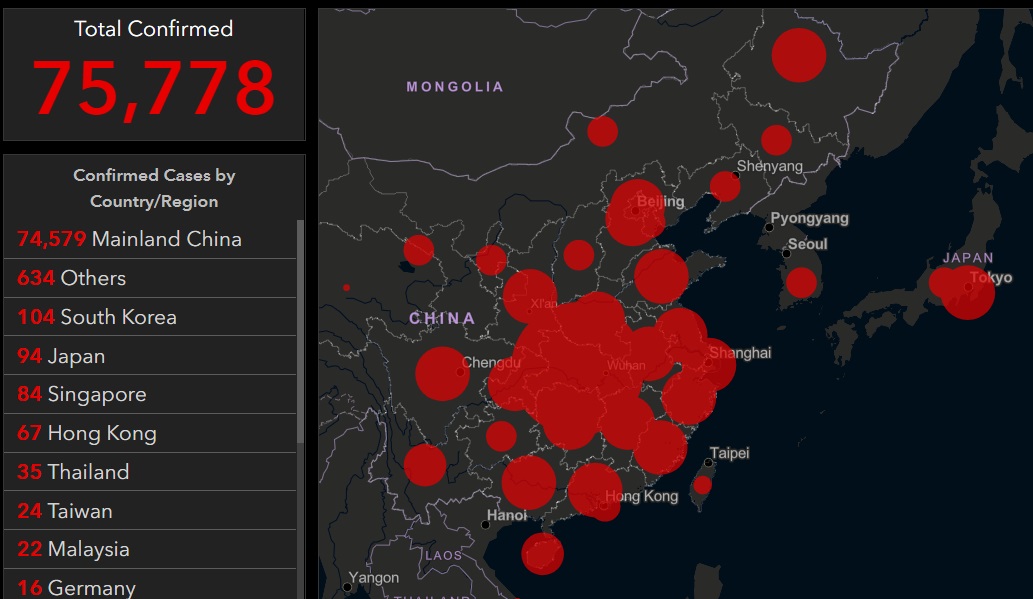First Aid 101: How to treat animal bites post-SHTF
02/17/2020 / By Arsenio Toledo

Animal bites and scratches happen all the time – a dog you thought was friendly might try to bite your hand or a cat that thinks you came too close might take a swipe at you. Whenever these incidents happen, the most common thing people do would be to seek immediate medical care. However, after SHTF, professional natural health practitioners will be in short supply. This means that you need to know how to treat bites and scratches yourself if you want your survival experience to be less stressful. Here’s what to do in the face of violent animal encounters. (h/t to PrepSchoolDaily.Blogspot.com)
Dog bites
According to the Center for Disease Control, around 4.7 million dog bites occur each year in the United States alone. This means one out of every 69 people gets bitten by a dog each year. Statistically, a dog bite is the most likely violent animal encounter you may experience.
The best thing you can do for a dog bite is to make sure it doesn’t get infected. If you or someone in your survivor’s group knows first aid, make sure to clean that wound and sew it up if needed. Once that’s done, you need to take prophylactic measures to make sure you aren’t infected. Consider consuming a regimen of natural antibiotics like garlic, ginger and honey. Consider also making a poultice to apply to the wounded area.
Cat bites and scratches
A cat is more likely to scratch rather than bite you. However, if the scratch cuts deep enough, it has to be treated like a bite. Around 15 percent of animal bites are caused by cats and most are on the hands. The best way to prevent this is to avoid petting cats until you’re absolutely certain that you have gained their trust.
If you or someone in your group does happen to get bitten, the kind of care you need to administer will be similar: controlling the bleeding and sewing up any open wounds will be a priority. Once the bleeding is controlled, you need to make sure the wound is cleaned up. Use soap and some warm water, pat it dry and then cover the area with some dry bandages. A natural antibiotic ointment can also be used once the wound has been cleaned to make sure it doesn’t get infected.
Other animal encounters
While other violent animal encounters will be unlikely, they may still happen. A rat or some other small animal may try and make a run for your food and attack you in the process. Any other animal bite, scratch or similar violent animal encounter will follow the same principles listed above. You need to control the bleeding, sew it up if necessary and then clean the wound. Make sure to irrigate the underlying tissues to make sure it’s fully cleaned out. If a tooth fragment has been left behind, that needs to be extracted immediately to lower your risk of complications developing. (Related: Survival first aid: How to treat spider bites.)
If the bite results in a laceration, or when the skin gets torn resulting in a deep cut, it needs to be closed. If the bite results in a puncture or if the animal bite was on the hands, it needs to be cleaned but not closed until after five days to make sure nothing inside the wound results in an infection. Bites to the neck and face may be closed immediately.
In general, the best thing you can do to avoid violent animal encounters is to avoid getting too close to animals, especially if they’re wary of other human beings, even domesticated animals such as dogs and cats should be treated with some slight suspicion. Gain their trust first, such as by giving them some of your leftovers, before you even consider petting them.
Sources include:
Tagged Under: animal bite, animal encounter, cat bite, cat scratch, dog bite, emergency first aid, emergency medicine, first aid, injuries, preparedness, prepper, prepping, SHTF, survival, survivalist




















